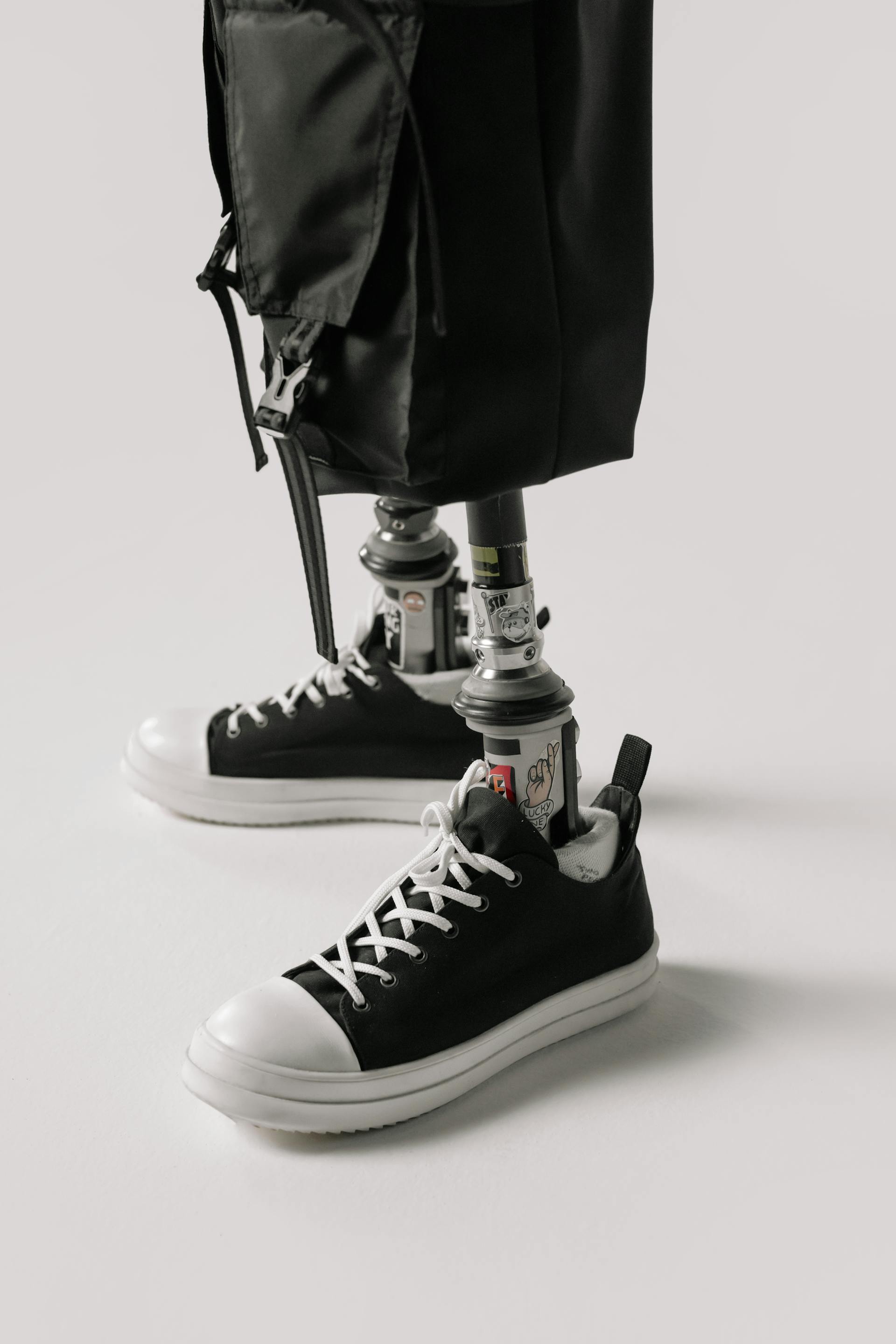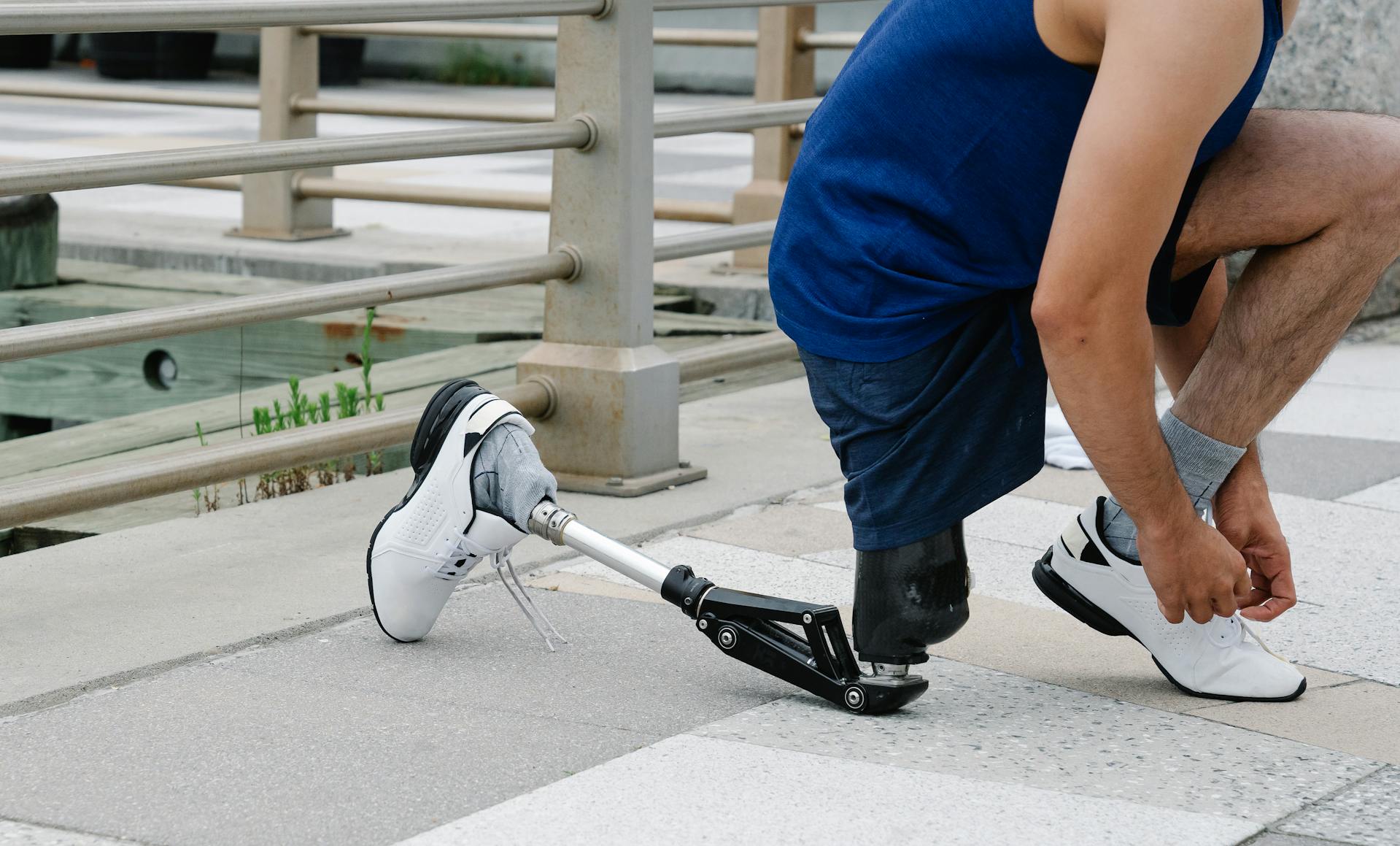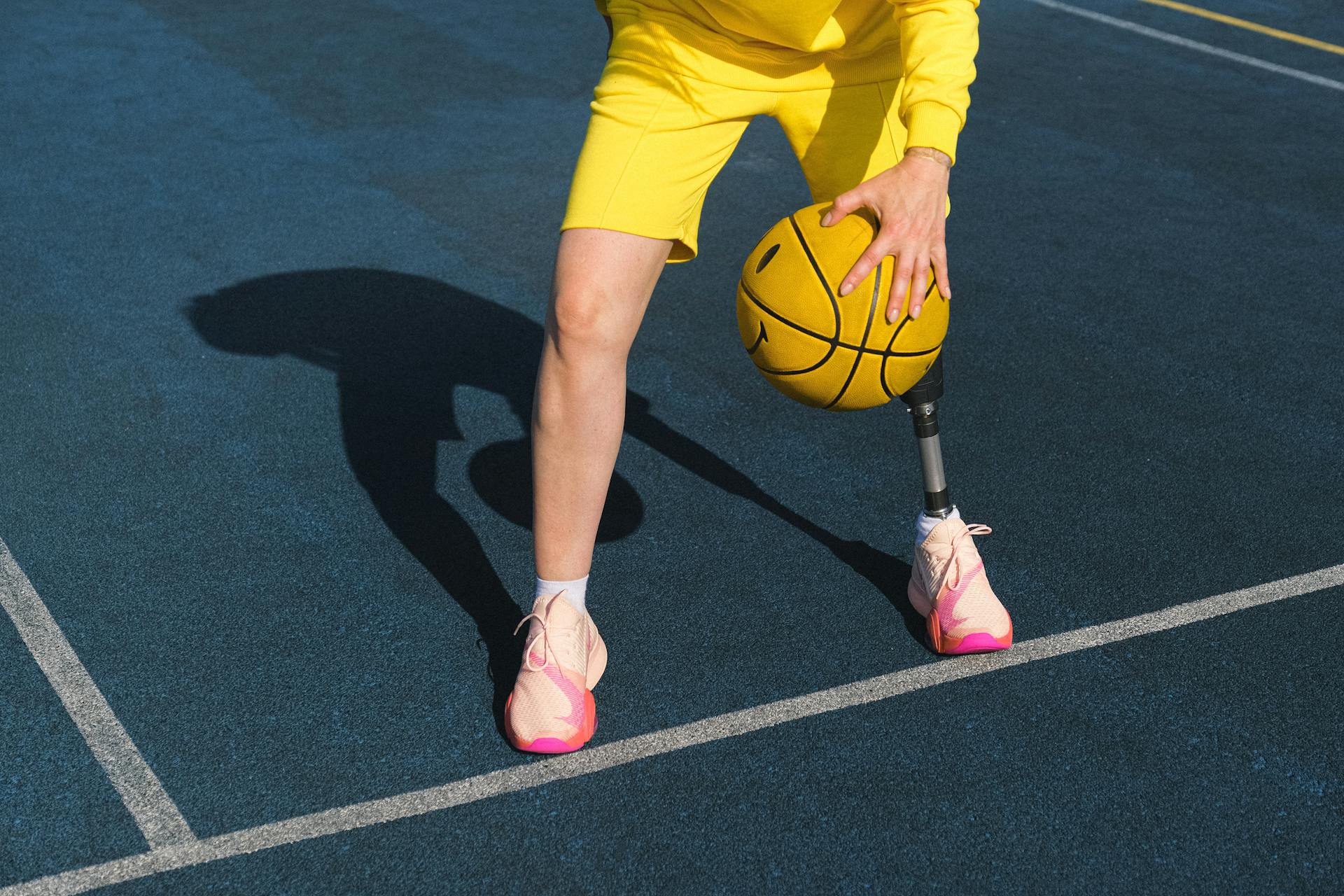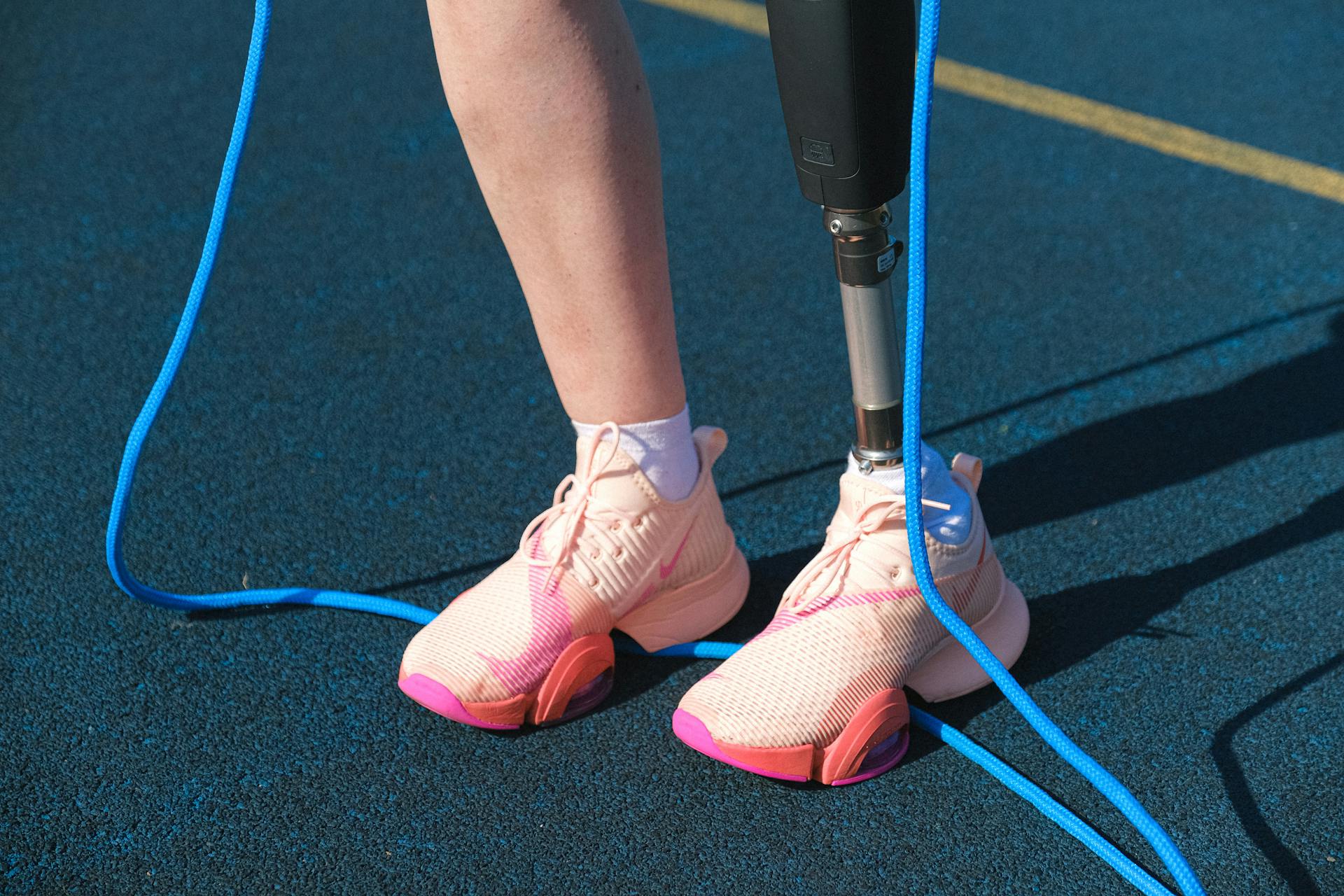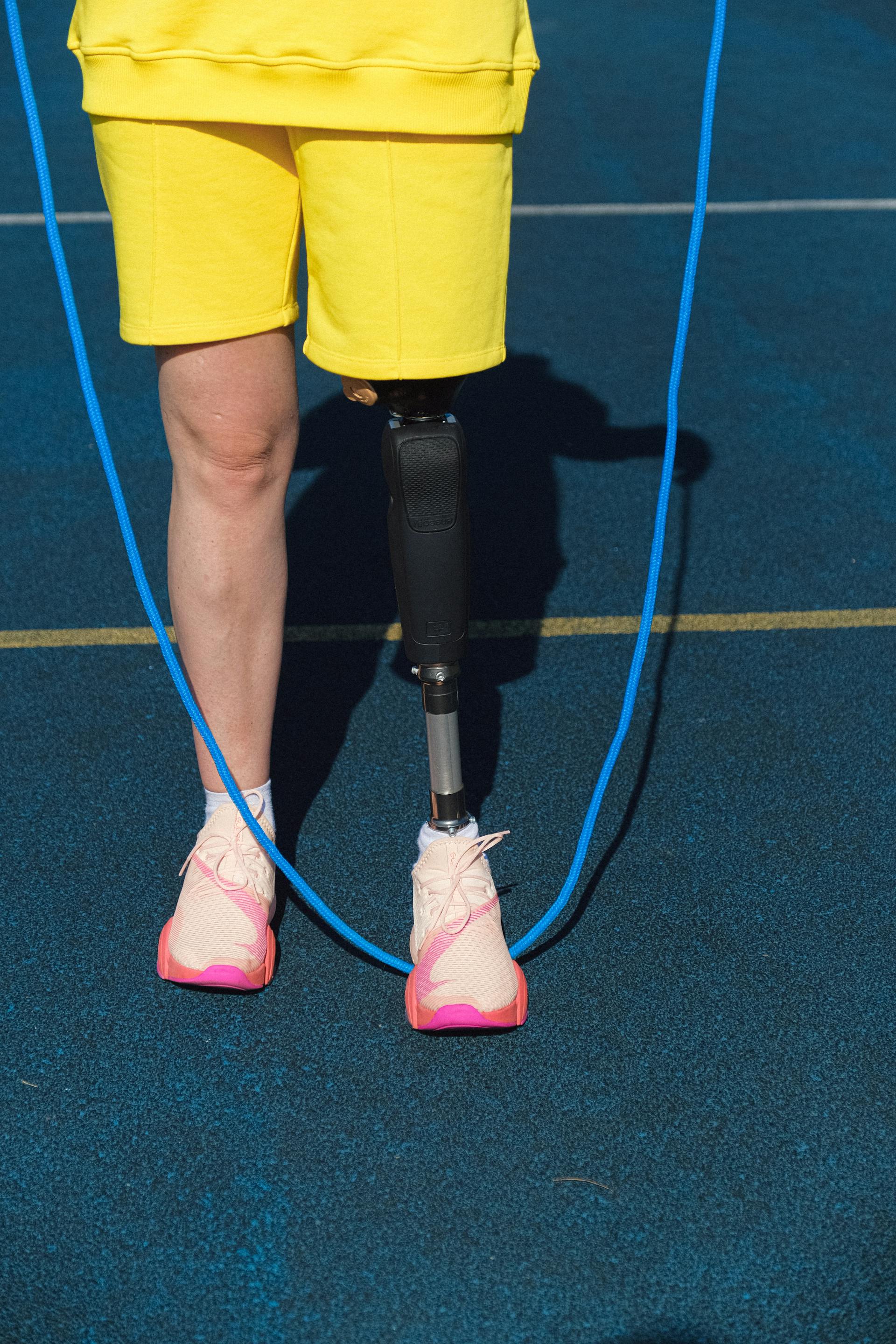Building the Cultural Foundation for Adaptable Collaboration
Achieving powerful collaboration fueled by dynamic adaptability begins with cultivating the right organizational culture.
Psychological Safety is paramount. Team members must feel secure enough to voice concerns, admit mistakes, ask questions, and propose unconventional ideas without fear of negative consequences.
Trust and Transparency are vital. Open sharing of information, clear communication of goals and challenges, and trust in colleagues' competence and intentions allow teams to align and act quickly.
A Shared Purpose and Vision provides direction. When teams understand the "why" behind their work and feel connected to larger goals, collaborative efforts become more meaningful and aligned, even during adaptation.
Embracing a Learning Mindset, where challenges are viewed as opportunities and failures as data points, encourages the experimentation necessary for both adaptation and collaborative innovation.
